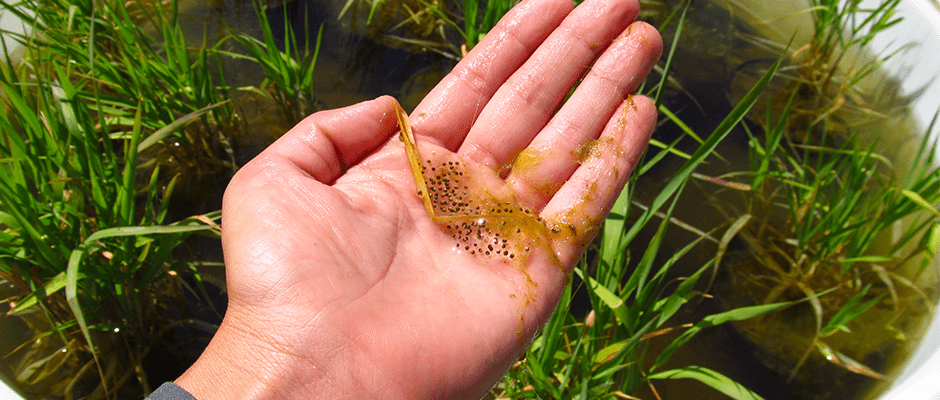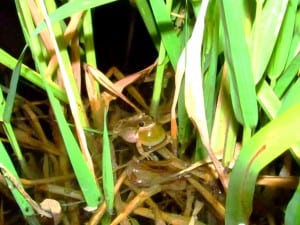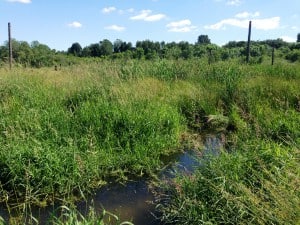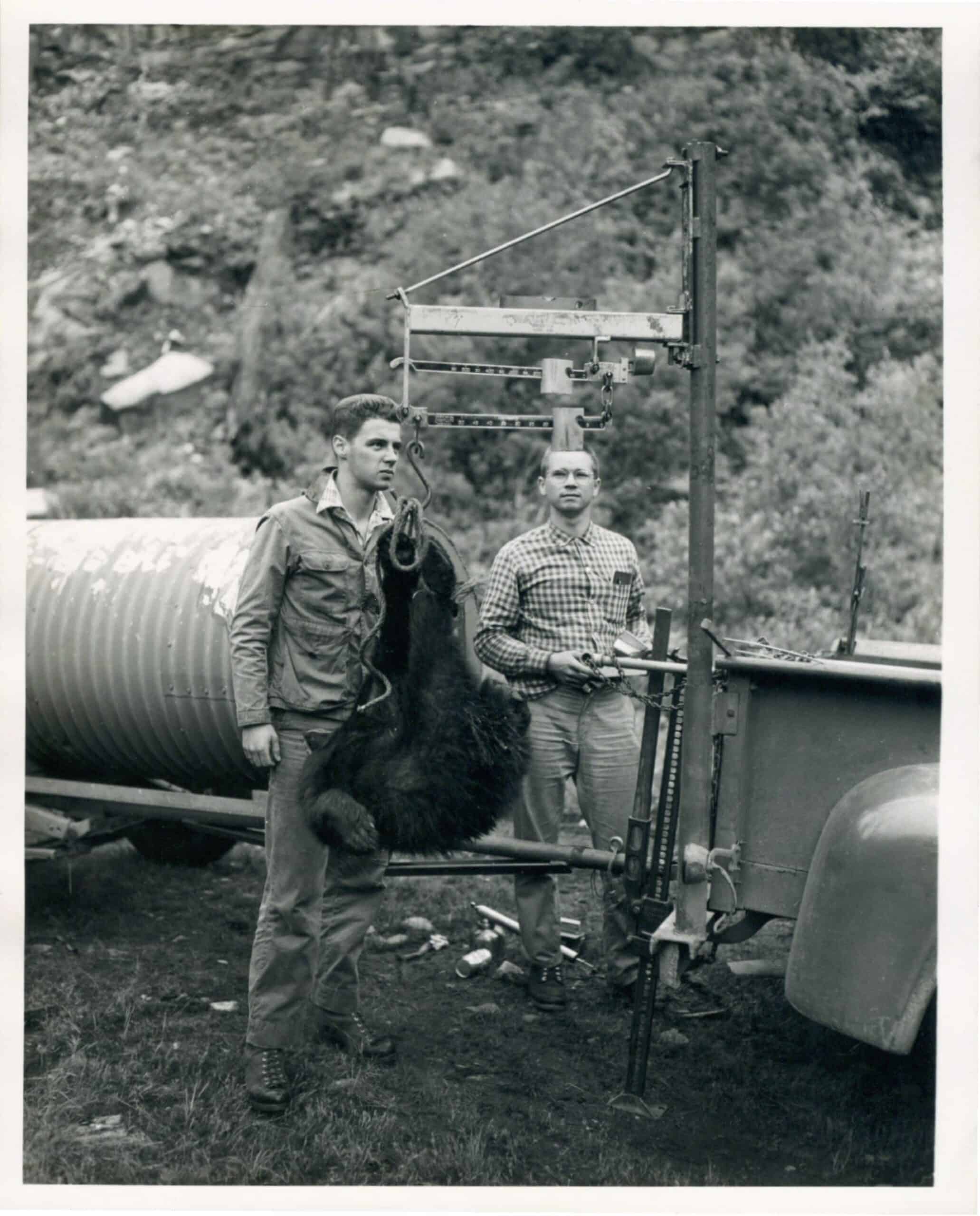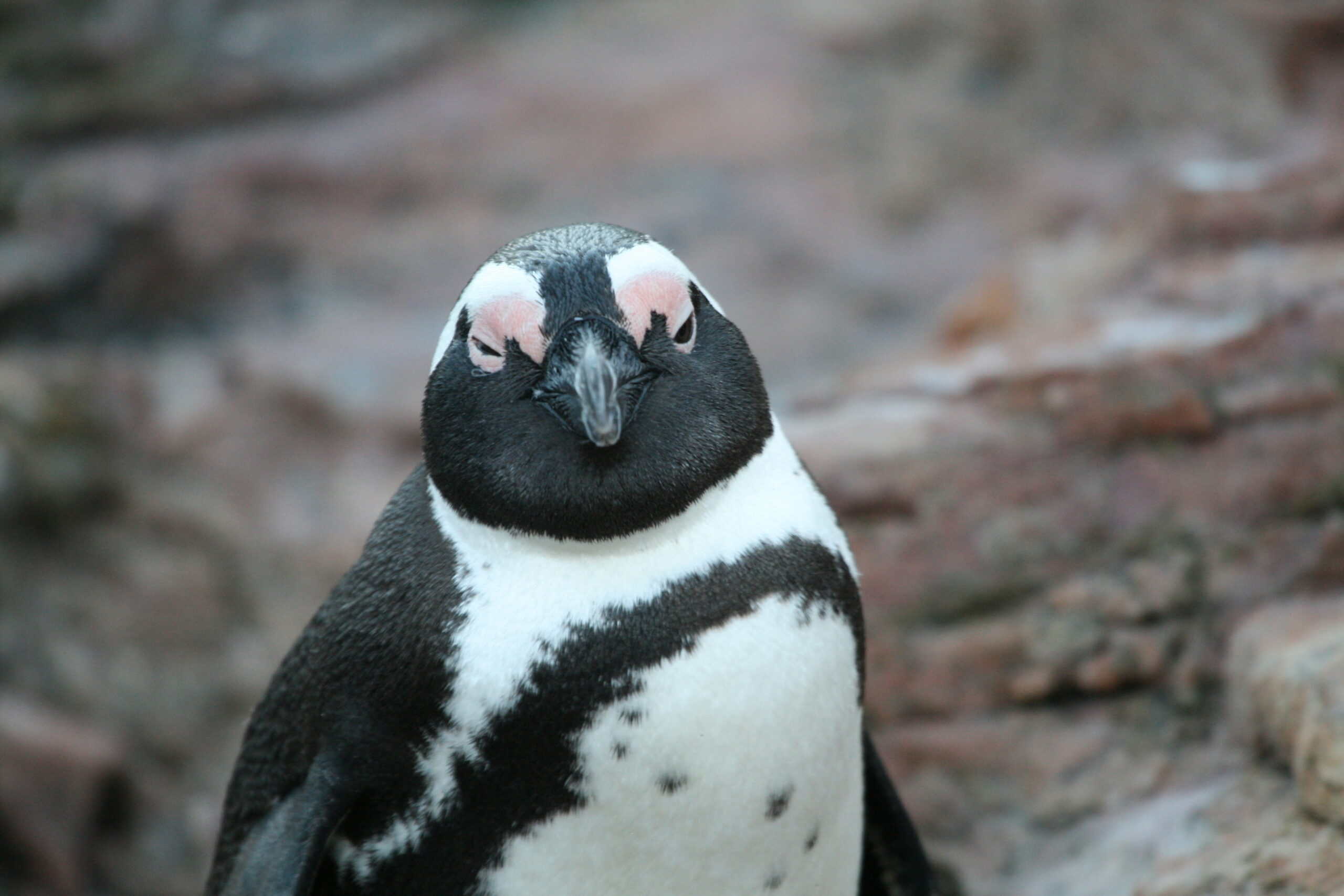Share this article
Invasive Reed Grass May Benefit Native Urban Amphibians
An invasive aquatic plant may be lending amphibians besieged by human development a helping hand, according to new research.
“I didn’t expect to find these results,” said Katie Holzer, the lead author of a study published recently in the Journal of Wildlife Management. “Maybe always thinking that invasive plants have to be gotten rid of isn’t the best approach in areas where all we want is the persistence of native wildlife species and ecological functions.”
Reed canary grass (Phalaris arundinacea) is a persistent invasive aquatic plant from Eurasia that chokes out most native plant communities and causes damage to some native bird and amphibian populations when it appears in more natural ecosystems.
“It completely decimates the native plant community generally,” said Holzer, who was a student member of The Wildlife Society while doing this research through the University of California-Davis.
But she noticed that local amphibian species like the Pacific chorus frog (Pseudacris regilla), the red-legged frog (Rana aurora), the long-toed salamander (Ambystoma macrodactylum) and the northwestern salamander (Ambystoma gracile) seemed to favor ponds with the invasive plant in parts of Portland, Ore.
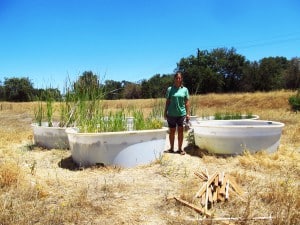
Researcher Katie Holzer with groups of experimental ponds with various plants. Ramps are for frogs to colonize from the wild. Image Credit: Katie Holzer
“They seemed to be doing better in this grass than in native plant communities in terms of numbers of tadpoles and larvae.”
To test whether this was true, Holzer and coauthor Sharon Lawler constructed controlled, experimental ponds in large buckets with different native and non-native plants, including reed canary grass. They set up ramps to allow Pacific chorus frogs access to the experimental ponds and found that the amphibians actually favored the ponds with the invasive canary grass over those with native plant varieties.
“There were about five times as many males calling in the reed canary grass tanks than in any of the other tanks,” Holzer said. In terms of eggs, they found six times as many egg clusters in the reed canary grass.
They also conducted an experiment in which they put the same amount of chorus frog eggs in each of the ponds to find that those in canary reed grass had seven times the survival rate to metamorphosis and were no smaller than those in native plant communities.
The finding may have implications for the eradication strategies for invasive species in urban contexts. Holzer said that there is no question that invasive plants such as reed canary grass do damage to more natural ecosystems that are less disturbed by human impacts, and early detection and eradication in those cases is very important.
But in cities or agricultural areas whose ecosystems have been heavily disturbed by development, “it’s no longer possible or practical to return it to a pre-disturbance state.”
Getting rid of reed canary grass through burning, the use of herbicides or mowing can hugely affect amphibian communities. But leaving the plant put in certain settings may give urban amphibians confronted with a host of other problems a fighting chance.
“There are such limited resources,” Holzer said. “Is it worthwhile to spend all the time and money to try to get rid of [invasive plant species] when we could maybe be improving other aspects of the landscapes?”
Header Image: Katie Holzer holds fresh Pacific chorus frog eggs laid the previous night in a reed canary grass experimental pond. Image Credit: Katie Holzer



